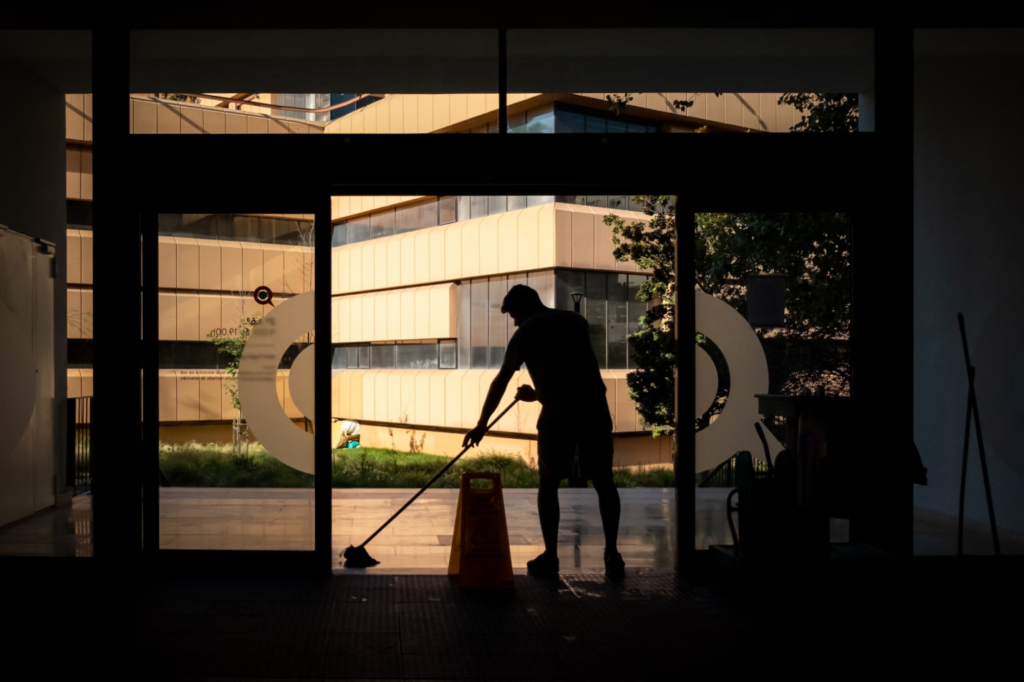Water damage, a pervasive challenge faced by property owners, not only threatens the structural integrity of buildings but also leaves an indelible mark on the environment. Recognizing the environmental consequences of water damage is crucial in the pursuit of sustainable restoration practices.
In this blog, we delve into the intricate relationship between water damage and the environment, exploring the importance of adopting sustainable restoration methods.
Understanding the Environmental Consequences
Water damage, whether from floods, sewage backups, or leaks, can instigate a cascade of environmental consequences. Contaminants from the damaged property can infiltrate water bodies, and pollutants may seep into the soil. This poses a serious threat to ecosystems, wildlife, and, ultimately, human health. To address this, it is paramount to engage in restoration practices that minimize the environmental impact.
Sustainable Restoration: A Necessity, Not a Choice
Sustainable restoration practices are designed to minimize the ecological footprint of the restoration process. They encompass a range of eco-friendly and energy-efficient approaches that contribute to environmental conservation while effectively addressing water damage.
Key Aspects of Sustainable Restoration
The key aspects of sustainable restoration include:
Environmentally Friendly Cleaning Agents
Opting for cleaning agents with minimal environmental impact is a cornerstone of sustainable restoration. By choosing biodegradable and non-toxic solutions, we ensure that the restoration process doesn’t introduce harmful chemicals into the environment.
Energy-Efficient Equipment
Sustainable restoration involves the use of energy-efficient equipment. Employing advanced drying and dehumidification systems that consume less energy not only speeds up the restoration process but also reduces the overall carbon footprint associated with restoration efforts.
Proper Waste Disposal
Responsible waste disposal is integral to sustainable restoration. Ensuring that damaged materials are recycled or disposed of in an environmentally friendly manner minimizes the ecological impact of the restoration process.
Water Conservation Practices
Water damage restoration often involves substantial water usage. Sustainable practices incorporate water-conserving technologies and methods, such as the precise measurement of moisture content using advanced moisture meters, to reduce unnecessary water consumption.
Sustainable Restoration for Commercial Properties
Commercial water damage restoration demands a heightened level of responsibility due to larger-scale implications. Implementing sustainable restoration practices in commercial settings is not only an ethical choice but also aligns with the growing trend of corporate environmental responsibility.

We Follow The Best Sustainable Restoration Practices
In conclusion, water damage restoration is a pivotal moment where the intersection of human habitation and the environment becomes pronounced. Sustainable restoration practices not only mitigate the damage to property but also contribute to a healthier and more resilient environment.
Pro Water Damage Inc. stands out as a beacon of sustainable restoration practices in Riverside, California. Specializing in commercial water damage restoration, we integrate eco-friendly approaches into every facet of our services. From sewage water contamination removal to structural drying, our commitment to sustainability ensures effective restoration with minimal environmental impact.
Contact us to learn more about our water damage restoration in Riverside.




